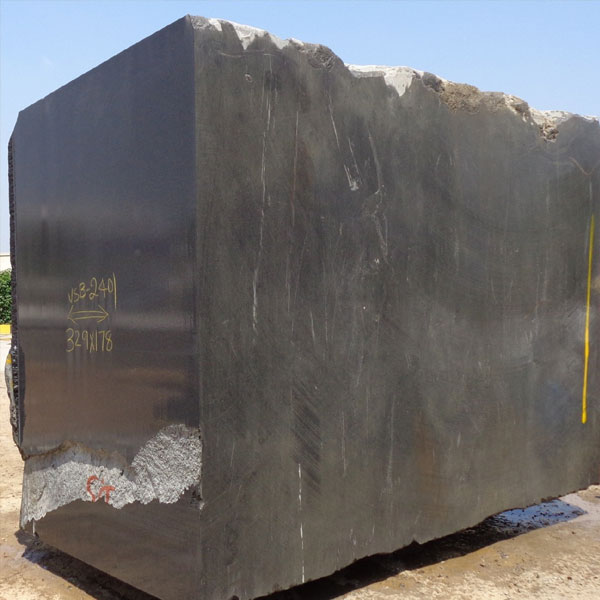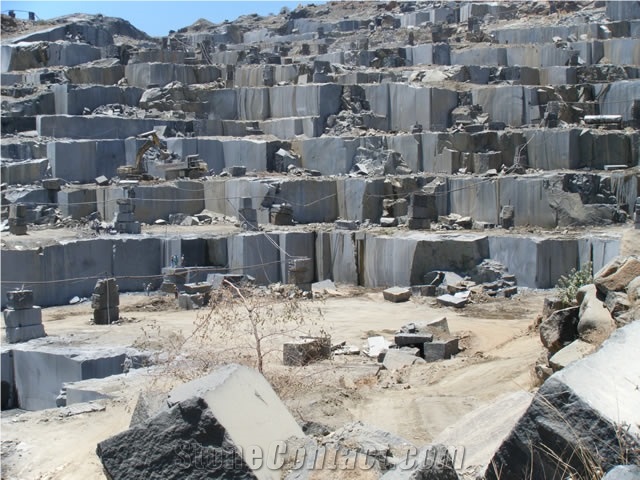Discovering the Globe of Black Granite Quarries: A Thorough Overview
" Exploring the World of Black Granite Quarries: A Thorough Summary" uses an in-depth expedition of the remarkable realm of black granite quarries. The extraction procedure is thoroughly discussed, providing useful understandings into the techniques used in quarrying black granite. Additionally, the environmental effect of black granite quarries is reviewed, emphasizing the demand for sustainable methods.
The Background of Black Granite Quarries
Throughout centuries, black granite quarries have actually played a significant role in shaping the building landscape, going back to old civilizations. The usage of black granite in building and construction and design can be traced back to worlds such as old Egypt and Mesopotamia. These very early human beings identified the resilience and aesthetic charm of black granite, making it a popular choice for their significant structures and statues.
In ancient Egypt, black granite was used to build a few of the most renowned monuments, consisting of the Great Sphinx and the statues of pharaohs. The Egyptians believed that black granite had divine homes, which added to its appeal and importance in their architectural endeavors.
In A Similar Way, in Mesopotamia, black granite was made use of in the building and construction of royal residences and holy places. The Assyrians and Babylonians valued black granite for its stamina and resilience, as it allowed them to construct structures that could hold up against the examination of time.
The popularity of black granite quarries remained to grow throughout history. Throughout the Renaissance period, black granite was widely utilized in Europe for the building of royal residences and basilicas. Its deep, lustrous shade and ability to be brightened to a high shine made it a favorite amongst architects and developers.
Geology and Development of Black Granite

The Extraction Process of Black Granite

When the quarry site has been picked, the extraction process starts with the clearing up of plants and topsoil to expose the granite bedrock. The following action involves exploration and blowing up to break the granite right into workable blocks. Specialized machinery, such as ruby cable saws and high-pressure water jets, are used to reduce and draw out the granite from the quarry wall Check Out Your URL surfaces.
After the blocks have actually been extracted, they are transferred to a handling facility where they are reduced and shaped into numerous sizes and coatings. This process entails making use of diamond-tipped saws, grinders, and brushes to achieve the wanted dimensions and surface area treatments.
It is very important to keep in mind that the extraction procedure of black granite should be performed in an environmentally accountable manner. Actions should be required to minimize the influence on the surrounding environment, including the application of dirt control steps and the correct disposal of wastewater and other waste materials.
Ecological Effect of Black Granite Quarries
After the removal process of black granite, it is vital to examine and resolve the potential environmental impact of black granite quarries. The extraction of black granite from quarries can have numerous negative impacts on the setting.
Additionally, black granite quarries can also result in soil disintegration and water air pollution. In addition, the extraction process might create big amounts of waste material, consisting of dirt and slurry, which can pollute close-by water bodies - impala black granite quarry.
Air pollution is another substantial worry connected with black granite quarries. The extraction and handling of granite can release damaging pollutants find this such as particle matter and gases, consisting of nitrogen oxide and sulfur dioxide. These contaminants can have harmful effects on air top quality, causing respiratory troubles and various other health concerns for both people and wildlife.
The Appeal and Value of Black Granite
Black granite has a striking charm and holds substantial cultural and building value worldwide. Its deep, dark shade and lustrous surface area make it an appealing product for different applications. The elegance and class that black granite shows make it a prominent selection for high-end exterior and interior layouts.
One of the substantial cultural values of black granite hinges on its use in memorials and monoliths. The somber and classic beauty of black granite functions as a suitable tribute to honor the lives of loved ones. The toughness and longevity of this stone make certain that these memorials will stand the test of time.
Architecturally, black granite is highly searched for for its convenience. It can be used for counter tops, floor covering, cladding, and also sculptures. impala black granite quarry. Its sleek and sleek appearance includes a touch of refinement to any kind of space, making it a favorite amongst architects and designers
Moreover, black granite is usually associated with high-end and luxury. It is regularly made use of in premium hotels, business workplaces, and respected institutions. The use of black granite in these settings produces an environment of majesty and improvement.
Verdict
To conclude, the world of black granite quarries holds a rich history, interesting geology, and an intricate removal procedure. Nonetheless, it is necessary to consider the ecological influence of these quarries. Regardless of this, black granite continues to be a substantial and beautiful natural resource, valued for its visual allure and social relevance.
" Checking Out the World of Black click over here Granite Quarries: An Extensive Summary" offers an extensive exploration of the fascinating realm of black granite quarries. The removal procedure is completely discussed, offering beneficial understandings into the methods used in quarrying black granite.After the removal process of black granite, it is essential to assess and deal with the potential environmental effect of black granite quarries. The extraction of black granite from quarries can have several damaging impacts on the setting.In conclusion, the globe of black granite quarries holds an abundant background, fascinating geology, and an intricate removal process.